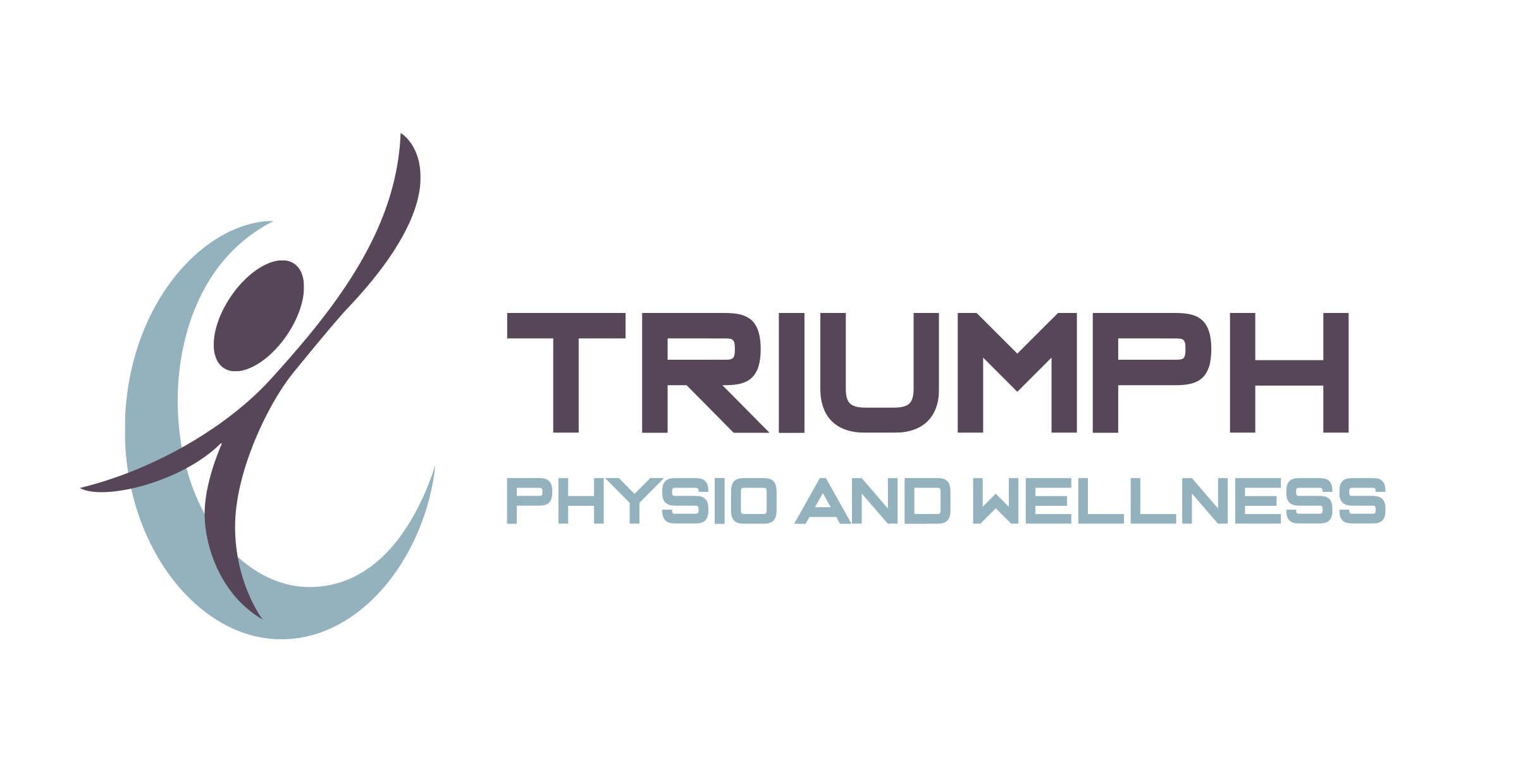Frequently Asked Questions About Registered Massage Therapy
Are you curious about the specifics of registered massage therapy, or RMT? This form of soft-tissue manipulation has the power to transform your life, whether you’re dealing with chronic physical issues, an acute injury, or simply want to feel better in your day-to-day life. In this article, we’re answering some of the most frequently asked questions about registered massage therapy that we've received, including what it is, who it’s for, details on insurance coverage, and more.
What is Registered Massage Therapy?
Registered massage therapy is a form of soft-tissue manipulation used to provide quick pain relief, improve your range of motion and body mechanics, and enhance flexibility. A registered massage therapist typically applies RMT on to muscles, connective tissue, tendons, and joints, helping to alleviate pain, discomfort, and stiffness and allowing you to feel your best again.
Who Performs Registered Massage Therapy?
As the name suggests, RMT can only be performed by a registered massage therapist. It’s a regulated health profession, and all RMT practitioners must complete post-secondary education in massage therapy and complete Provincial board exams in their province of practice. Other professions that are regulated in this way include physiotherapy, dentistry, and medicine.
Does Insurance Cover RMT?
Some extended health insurance (e.g., Pacific Blue Cross, Sunlife, etc.) covers or contributes to RMT sessions when they’re deemed necessary. ICBC also provides coverage for people who have been involved in car crashes, provided they have an active claim and are within the 90-day window to receive the treatment.
Who is RMT for?
RMT is most often used to help people rehabilitate their bodies after sustaining a muscle or joint injury. RMT is also an invaluable treatment for certain conditions, including stress-related symptoms, chronic headaches, back pain, whiplash, arthritis, carpal tunnel, and more. Many people include RMT as part of their recovery plan after surgery, car accidents, sports injuries, and other physical setbacks. Anyone can benefit from massage therapy, including seniors, children, adults, pregnant people, and even infants.
Do I Need Massage Therapy or Physiotherapy?
If you’re dealing with a specific issue, you’re probably wondering whether physiotherapy or massage therapy is better suited to your needs. In fact, many people will benefit from a rehabilitation plan that uses both treatment types. If you’re dealing with general pain, stiffness, or more specific issues like muscle spasms or poor circulation, massage therapy can be very effective. If you’re looking to address a specific issue, such as post-surgery recovery or an acute strain or sprain, we generally recommend beginning with physiotherapy instead.
What Are the Benefits of Registered Massage Therapy?
RMT can have some impressive benefits in a surprisingly short period of time. These effects include:
Reduced or eliminated pain
Enhanced circulation
Better joint mobility and flexibility
Reduced muscle tension
Improved athletic performance
Endorphin release
Stress relief
Reduced inflammation
Support with specific injuries, conditions, and specific physical complaints
How Often Do I Need RMT?
It can be hard to say exactly how often you’ll need to see your massage therapist, or how many sessions you’ll need to see the results you’re looking for. In your initial consultation, your massage therapist will share their treatment plan with you after learning about your situation. This plan gives you a roadmap of the treatment process. In general, people see the best results from RMT over regular, repeated sessions (usually once every week or two), especially if they keep up with at-home exercises and preventative treatments as well.
Does Massage Therapy Hurt?
Like any other treatment involving soft-tissue manipulation, massage therapy can sometimes cause discomfort. However, any momentary tension or pressure will ultimately help to reduce the pain you feel in your day-to-day life, and will not be permanently harmful by any means. Also, skilled RMTs will always learn your personal thresholds for discomfort, and can adapt many of their techniques to make sure they’re not causing you any more than you can easily handle. If needed, they will stop, change, or replace treatments to make sure you’re as comfortable as possible.
What Can I Expect from My First RMT Session?
In our practice, RMT always begins with the initial consultation. In this sit-down meeting, we’ll take the time to learn about the issues you’re facing, your needs, and your goals for the treatment. From here, your Registered Massage Therapist will develop an in-depth treatment plan to address these needs, ensuring that every part of the proposed treatment is within your abilities and comfort level.
This is also a great time to ask any other questions you may have about RMT and the process, including info on insurance coverage, adaptations to exercises, and what you should be doing between sessions to see the best possible results. After the treatment plan is sorted out, you’ll begin your RMT journey, getting quick relief from pain and seeing other results for mobility and flexibility shortly after.
Contact us today if you're ready to book your appointment and start feeling your best again!
Disclaimer: This BLOG content is provided for informational purposes only and is not intended as a substitute for professional medical advice, diagnosis, or treatment. The creators of this BLOG are not liable for any actions or decisions taken by individuals based on the information presented herein. Always seek the advice of your physician or other qualified healthcare provider with any questions you may have regarding a medical condition.
Creative Commons Attribution: Permission is granted to repost this article in its entirety with credit to Triumph Physio and Wellness and a clickable link back to this page.

